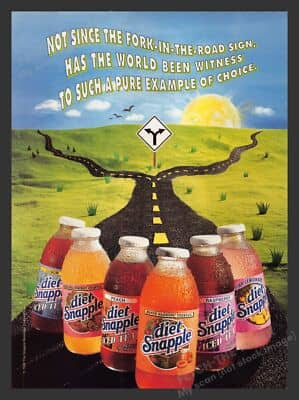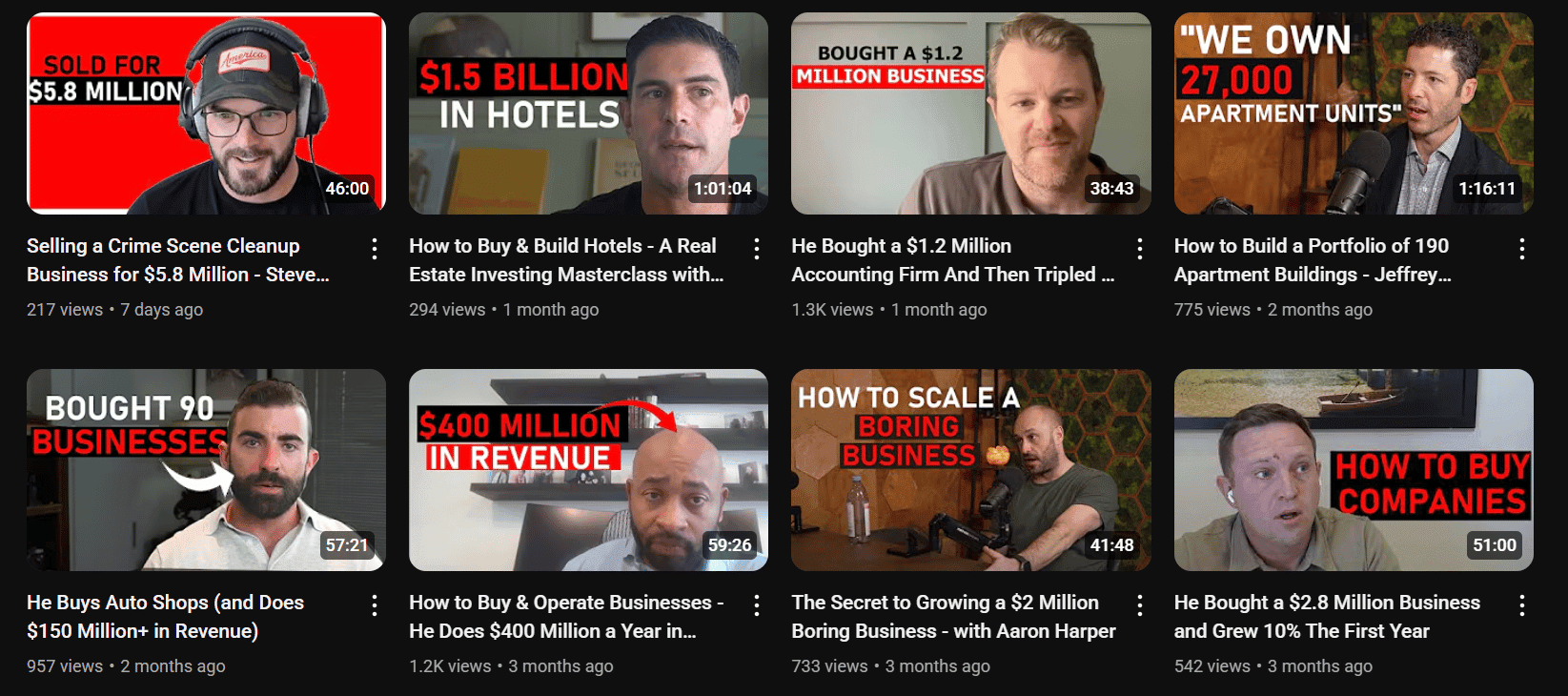🔑 A 60x return in just a few years
Welcome to The Business Buying Academy with Sieva Kozinsky. Here's what we have in store for you today:
- They made $1.5 billion. The next investor lost $1.4 billion - on the same business.
- Warning to all business buyers
- My collection of business buying lessons
🔑 A $1.5 billion profit & and a $1.4 billion loss
I love reading about old private equity deals.
The other day, I happened to stumble upon this gem of a deal:
The 1992 leveraged buyout of beloved, quirky drink brand Snapple.
With a relatively small investment, the buyer made a massive return.
I'll unpack the deal's details, its dramatic aftermath, and a couple actionable lessons for aspiring business buyers.
Let's dive in.

Founded in 1972 by Leonard Marsh, Hyman Golden, and Arnold Greenberg as Unadulterated Food Products, Snapple started as a small operation selling health juices to stores in New York.
The name "Snapple" came from a carbonated apple juice that "snapped" when opened.
The brand truly exploded in the late 1980s with its all-natural iced teas and fruit drinks, marketed as "Made from the Best Stuff on Earth."
Revenue surged from $13.3 million in 1988 to around $231 million in 1992.
You might remember their unconventional advertising.
The company's quirky image, complete with fun facts on bottle caps and a down-to-earth vibe, resonated in the emerging "New Age" beverage category, setting it apart from soda giants like Coke and Pepsi.
The 1992 Buyout
Thomas H. Lee Partners (THL), a Boston-based private equity firm acquired Snapple for approximately $135 million in a classic LBO, putting down just $28 million in equity and financing the rest with debt.
The founders retained about a third of the company and stayed on in management roles.
This deal was a bet on Snapple's untapped potential:
A cult-favorite brand with strong cash flows from its network of over 30 independent bottlers and distributors...but no owned manufacturing facilities (opportunity to vertically integrate).
THL didn't overhaul operations dramatically.
Instead, they amplified what worked.
Just eight months post-acquisition, THL took Snapple public in a December 1992 IPO that many were skeptical of... but the stock quickly climbed.
The 1994 Buyout
The real payday came in 1994 when Quaker Oats acquired Snapple for a staggering $1.7 billion.
THL achieved a 12x return on total investment and an estimated 60x on their equity stake in just two years.
Sales grew to $774 million by then. and the business was looking great.
They were unlikely candidates for multimillionaire status. Hyman Golden and Leonard Marsh were window washers. And Arnold Greenberg ran a food store on New York's Lower East Side. But last week the trio that founded Snapple Beverage Corp. walked away with at least $130 million each from the sale of Snapple to the Quaker Oats Co. Quaker offered $1.7 billion for the trendy iced-tea and juice maker, creating the third largest nonalcoholic-beverage marketer in North America.
- Newsweek, November 1994
But Quaker's ownership of the brand turned disastrous.
Eager to integrate Snapple with its Gatorade success, Quaker shifted distribution from Snapple's small, dedicated network to large supermarket chains - alienating the brand's grassroots appeal.
They toned down the quirky marketing, leading to stagnating sales and a loss of cultural fit.
By 1997, Quaker sold Snapple for a mere $300 million, swallowing a $1.4 billion loss - one of the biggest corporate flops in history.
In a span of just 5 years, one investor made over $1.5 billion, and another lost nearly the same amount - from owning the exact same company.
Lessons:
- The right business at the wrong price is a bad deal. THL got a great deal on an emerging brand that most thought was too niche. Quaker did the exact opposite, overpaying for a business that actually couldn't grow as much as they thought.
- Value add isn't always easy. Most investors think they know how to change a business to make it more profitable. But in this case, Quaker's changes killed what made the business special in the first place.
🔑 Don't make this mistake when buying a business
Buying a business without getting a quality of earnings report is like buying a house without a home inspection. You’re taking a big bet without knowing what you’re buying, and it could be a disaster.
Even if the seller gives you all their financial statements, they often have very bad bookkeeping.
So, what should be in your QOE and financial due diligence package? Here's what today's sponsor Appletree says about their QOE reports:
✅ Proof of Cash
Are revenues real? We rebuild the last 1-2 years using bank statements to verify that reported earnings arrived in the bank account.
✅ Addbacks That Actually Make Sense
We normalize SDE or EBITDA with logic, not wishful thinking. The hand-waving. No “adjusting away” real costs just to make numbers look better.
✅ Working Capital Analysis
Avoid the “Post-Close Surprise” where you’re suddenly short $150k in working capital. We calculate what the business needs to operate smoothly.
✅ Forward Looking Projections
We model post close cash flow and debt service coverage under flat, growth, and decline scenarios – so you know how risky the deal really is.
If you’re sending out LOI’s or nearing a deal, don’t go in blind. Talk to Appletree for a pragmatic, thorough Quality of Earnings report – built by people who’ve bought businesses themselves.
🔑 Want to buy a business? Pay attention
I've been interviewing dozens of people over the last year.
My goal: Assembling the greatest collection of business buying lessons from people who have done it.
Their businesses range from $1 million accounting firm to $100 million manufacturing businesses, and everything in between.
We've got self-funded searchers, private equity partners with billions under management, and horizontal holding company owners looking to add the next great business to their portfolio.
No matter what type of business you're looking to buy, I probably have a story for you. Check out the interview below.

Have a great day,
Sieva
P.S. - Are you hiring? Get started with top global talent from Somewhere (I'm a customer and investor)
Disclaimer: nothing here is investment advice. Please do your own research. The information above is just for information and learning.
